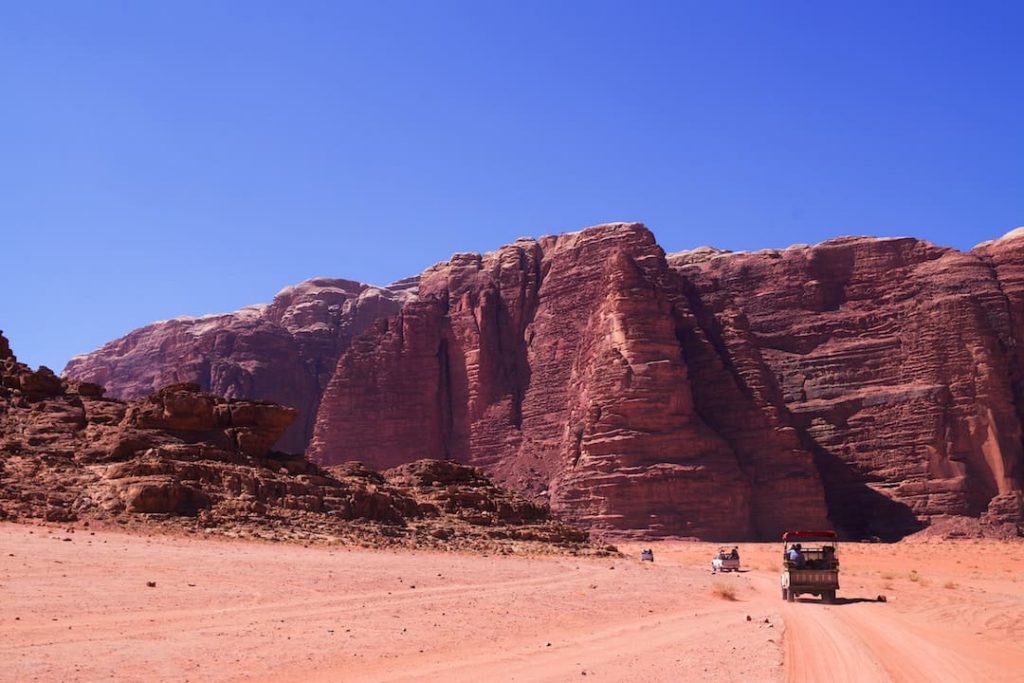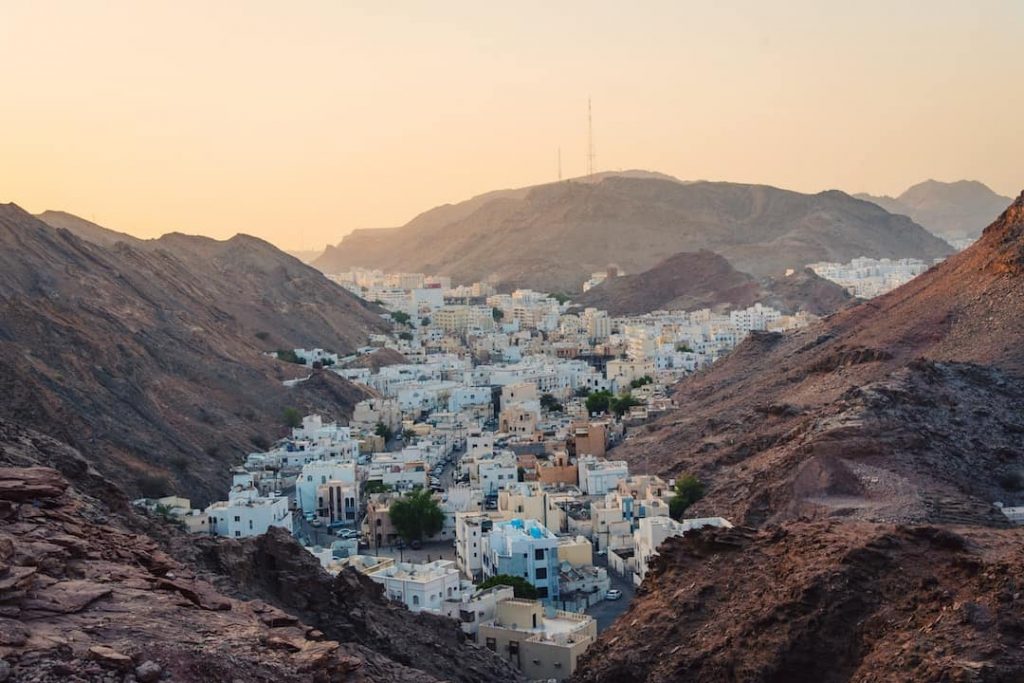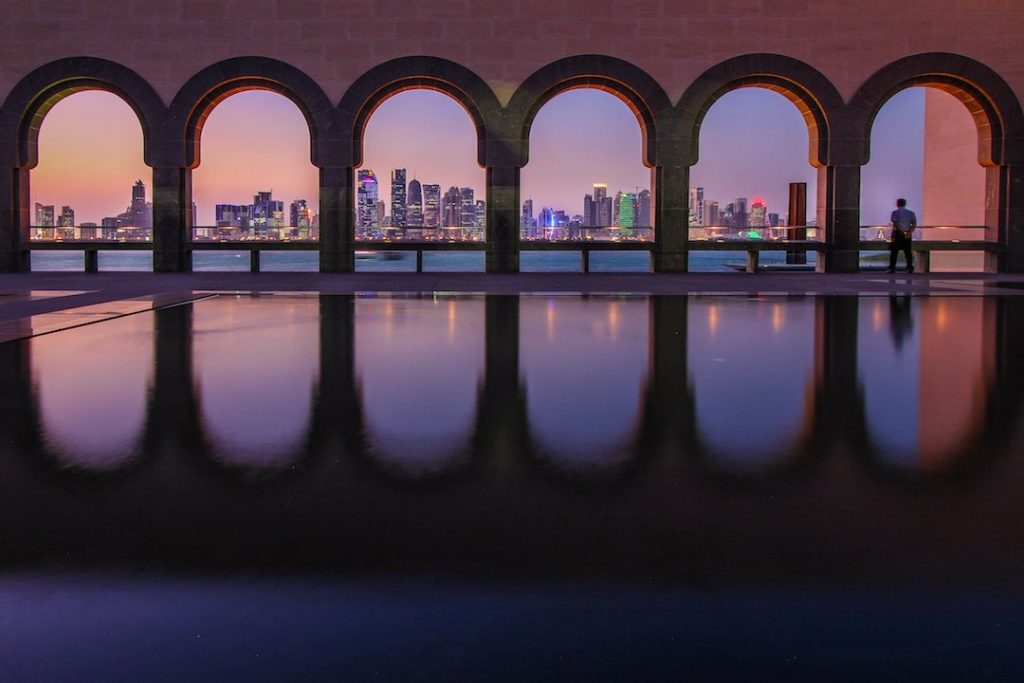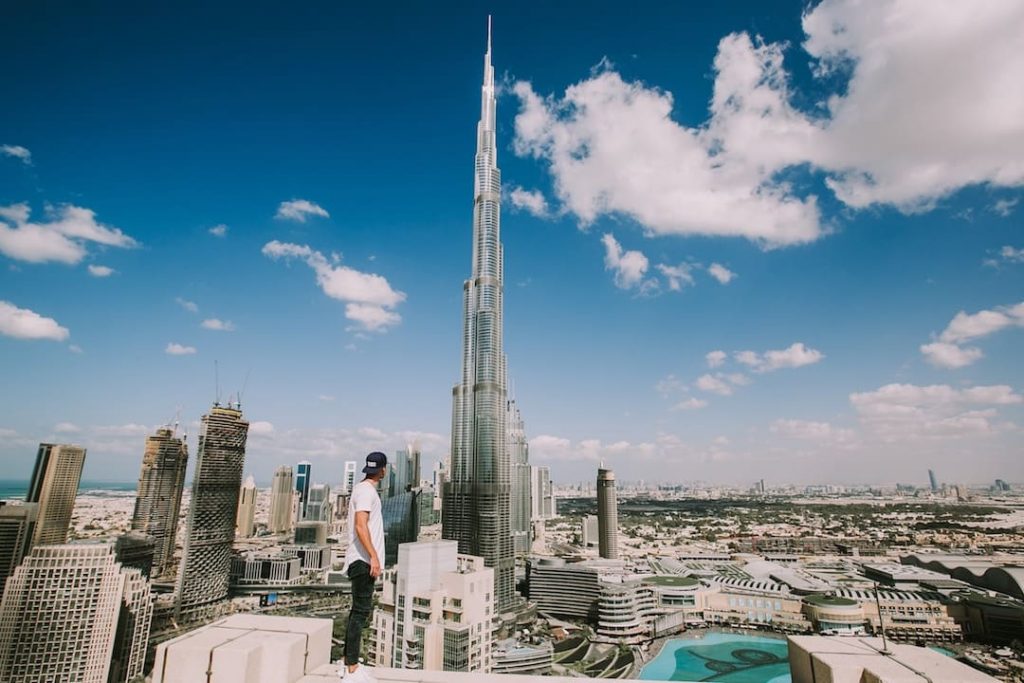The Middle East is a somewhat mysterious and untouched region to many hesitant globetrotters. While skeptical travellers have held back from visiting the region in recent years, 2018 has marked a resurgence of travel; and for good reason! Despite ongoing conflict in some areas which gives the region as a whole a bad rap, many parts are completely safe for travel. If you take some time to do your due diligence and take reasonable precaution (as you would travelling anywhere else), there shouldn’t be anything holding you back from exploring this beautiful, complex, and diverse land.
The Middle East is rich in history, culture, and unmatched glorious landscapes from the mighty Sahara desert to the mesmerizing natural splendour of the Dead Sea – the lowest place on earth. As curious beings, travellers like exploring lands that are different from their own, and a trip to the Middle East undoubtedly cure a traveller’s insatiable desire for new and exciting experiences.
Get inspired by our take on the top 5 safest places to visit in the Middle East (based on the Global Peace Index 2018 report) and see why tourists are flocking to the region. Take our advice, and plan your Middle Eastern adventure before all the other eager tourists arrive.
Jordan
Jordan is often called a safe haven of the Middle East and has welcomed refugees from many neighbouring conflict areas (in addition to an ever-growing number of tourists) with open arms and hearts. One of the most notable memories travellers take home is the warmth and kindness of the Jordanian people. The country is attracting avid adventurers who are keen on canyoning, diving, ATVing, caravaning via camel, and hitting the Jordan Trail — trekking through villages and desert landscapes, with stops at Wadi Rum, the Dead Sea and the ancient Nabataean city of Petra. There is plenty to be seen for the history buff, including Crusader castles, Roman amphitheatres, and the walk through Petra’s Siq to the Treasury – without a doubt the most stunning sight in the region. If you’re looking for some serenity, you’ll find it in Jordan, with only a fraction of the number of tourists here compared to neighbouring Egypt and Israel.

Oman
Oman entered the tourism scene later than some of its Middle Eastern counterparts, beginning in the 1980s. Oman’s capital Muscat is much more low key when compared to some of the glitz and glam of the neighbouring UAE. If you’re looking to get off the beaten track and fully immerse yourself in the Arab Kingdom, Oman is the place for you. The country’s infrastructure is well-developed, and you can find high-end hotels if that’s your jam. Take a journey through Oman’s whimsical trading and fishing villages and marvel at the country’s exotic natural wonders, including breathtaking Fjords, rocky, barren mountains, rolling sand dunes, and beautiful coastlines.

Qatar
One of the most up-and-coming Middle Eastern Countries, Qatar is another destination that is moving forward in sophistication and modernity while staying true to its rich culture. Qatar boasts incredible skylines, coastlines, and sand dunes, a bustling culinary and art scene, and old-world hospitality that can’t be beaten. A trip to the world-class capital of Doha is not complete without checking out the Museum of Islamic Art, built on its own island. There’s no better way to experience the lavish sand dunes of Qatar than a dune bashing outing for either a day trip or an overnight adventure under the stars. The Doha Corniche promenade is a great place to take in the city’s skyline, or better yet, hop on a dhow for an unobstructed view of the magical skyline. For soccer fanatics, mark your calendar for the 2022 FIFA World Cup, which will be held at Doha’s Khalifa International Stadium.

The United Arab Emirates
The UAE is a gorgeous, oil-rich region situated on the eastern side of the Sinai Peninsula and bordering the Persian Gulf. When people think of the UAE, one place typically comes to mind: Dubai, a glamorous city lined with ultra-modern skyscrapers, home to the world’s tallest building and over-the-top shopping malls. However, many don’t know that the remaining six lesser-known Emirates also have a lot to offer visitors. The capital Abu Dhabi is a hot spot for leisure and sports and is well known for the Sheikh Zayed Grand Mosque and the Ferrari World theme park. For epic outdoor adventures and watersports in crystal clear waters, make your way to Jumeirah. Hike Ras al-Khaimah’s rugged Hajar Mountains, check out the art and heritage scene of Sharjah, and last but not least, take some time to sit back and marvel at the rolling sand dunes of Al Dhafra.

Kuwait
In contrast to some of the other oil-rich Gulf countries, the city-state of Kuwait has maintained an authentic Arab vibe. Here you’ll find a mix of traditional Islamic culture with Western influences. Kuwait City is a bustling metropolis with elaborate architecture and skyscrapers, including the Kuwait Towers, luxury hotels, and outstanding museums. Kuwait is also home to a dynamic culinary and restaurant scene. Check out the Souq Marbarakia’s extensive food halls and nibble on plump dates and olives. Don’t forget the awe-inspiring desert plains and the white sand beaches that attract beachgoers in droves. Hop aboard a traditional dhow for insights into Kuwait’s maritime heritage.

Etiquette and safety tips in the Middle East
While many parts of the Middle East have adopted Western norms to varying degrees, it’s better to play it on the conservative side regarding dress and behaviour. When in public it is advisable to have shoulders and knees covered, and tight or revealing clothing should be avoided. Full-length robes and headscarves are not necessary for non-Muslims. Muslims fast during Ramadan, and therefore eating and drinking in public should be avoided during that time. It’s best to check the social norms for the particular country you plan to visit as customs vary from region to region.
Exploring the Middle East is an adventure that too many people pass up: are you ready to discover it for yourself? If you’re still concerned about safety, a possible option is to join a guided tour for an extra sense of security. This beautiful region shouldn’t stay a hidden gem!
Which country in the Middle East are you itching to explore? Let us know!


